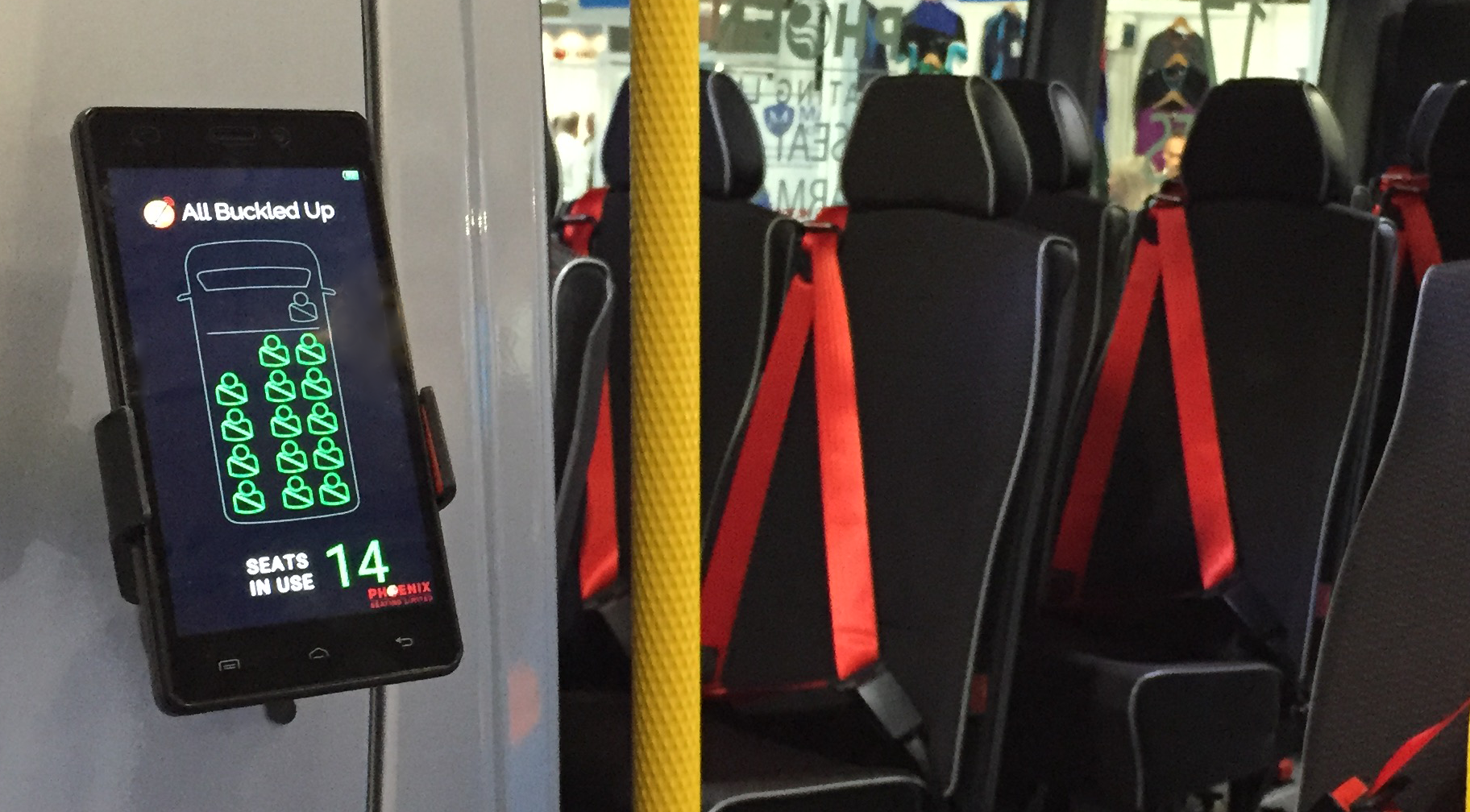Seat Belt Reminder
Seat belts are one of the simplest and most important features for protecting vehicle occupants, and doing them up is one of the most basic steps drivers and passengers can take to reduce their risk of death or injury. Seat belt reminders (that give a warning if a seat belt is not done up) are a valuable additional tool to enable vehicle occupants to belt up regularly.
Our Seat Belt Reminder (SBR) sensor mat detects occupants in passenger and rear seats. This information is then used by a seat belt reminder system in the vehicle to trigger a warning light and/or an audible chime reminding unbuckled seat occupants to fasten their seat belts.
Installing Seat Belt Reminders can also have a positive effect on the vehicle’s NCAP star rating, with incentives currently awarded by the European, Japanese, Australian, Chinese, Latin American, ASEAN and South Korean NCAPs. The upcoming Bharat NCAP (India) is also expected to offer SBR incentives.
Safety benefits of seat belts
Whether a driver or a passenger in a vehicle, in a crash a seat belt greatly improves your chance of avoiding serious injury or death. Using a three-point seat belt (the standard type fitted to modern vehicles, with a strap across your lap and chest) reduces the chance of dying in a crash by 50%.
It is essential that back seat passengers belt up too, for their own safety and the safety of other vehicle occupants. In a crash, an unrestrained back seat passenger can be thrown forward with enough force to kill the person in front of them.
Lap belts (where there is just one strap, across your lap) are not nearly as safe as three-point seat belts, so they should be avoided. Severe injury can result from the top half of the body flying forward in a lap belt; children are particularly vulnerable. Hence if you drive a vehicle with lap belts on some seats, it’s safest to not carry passengers in these seats. However in some crashes lap belts may be safer than not wearing a belt at all; they can reduce the chance of death in a crash by a third (32%).
